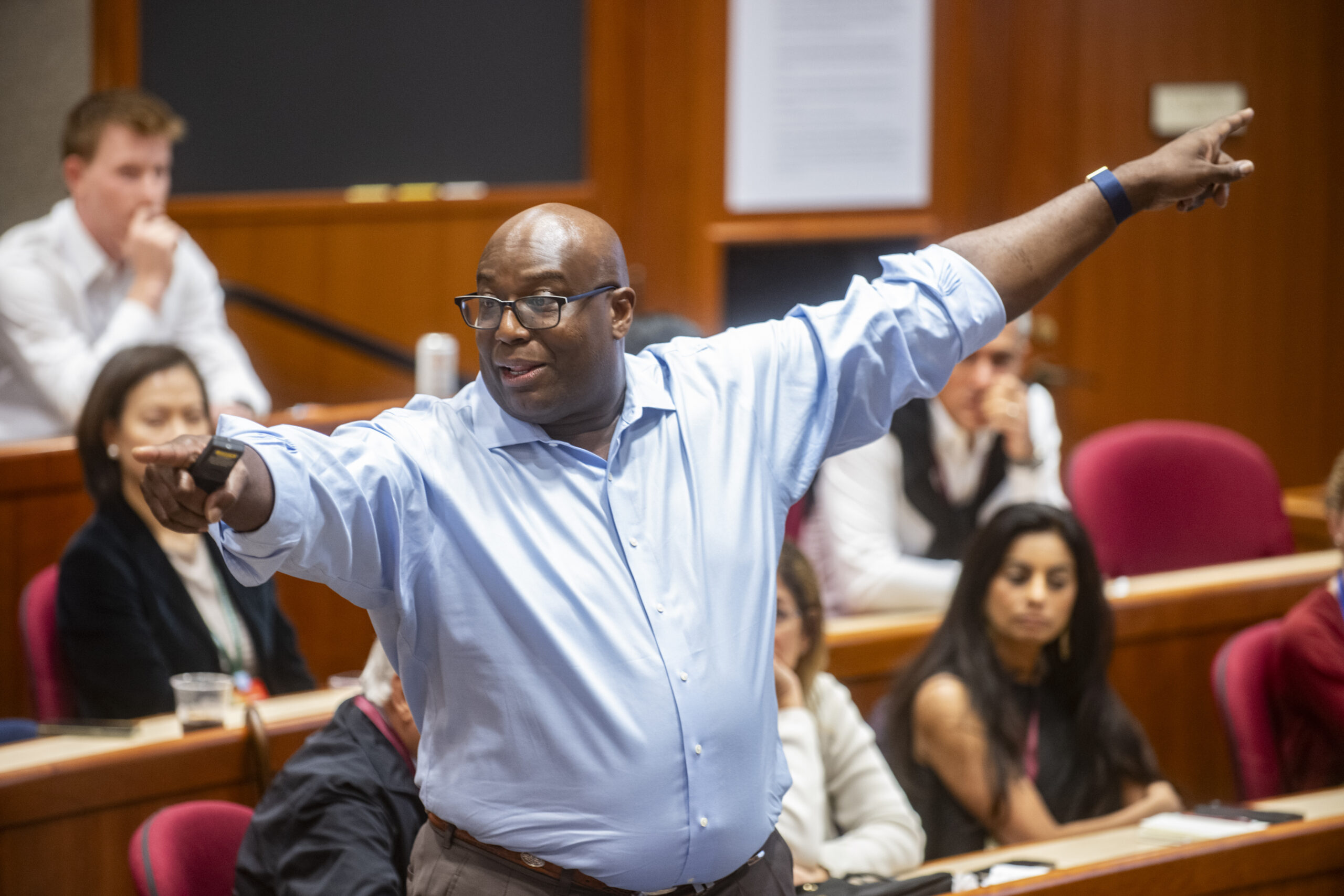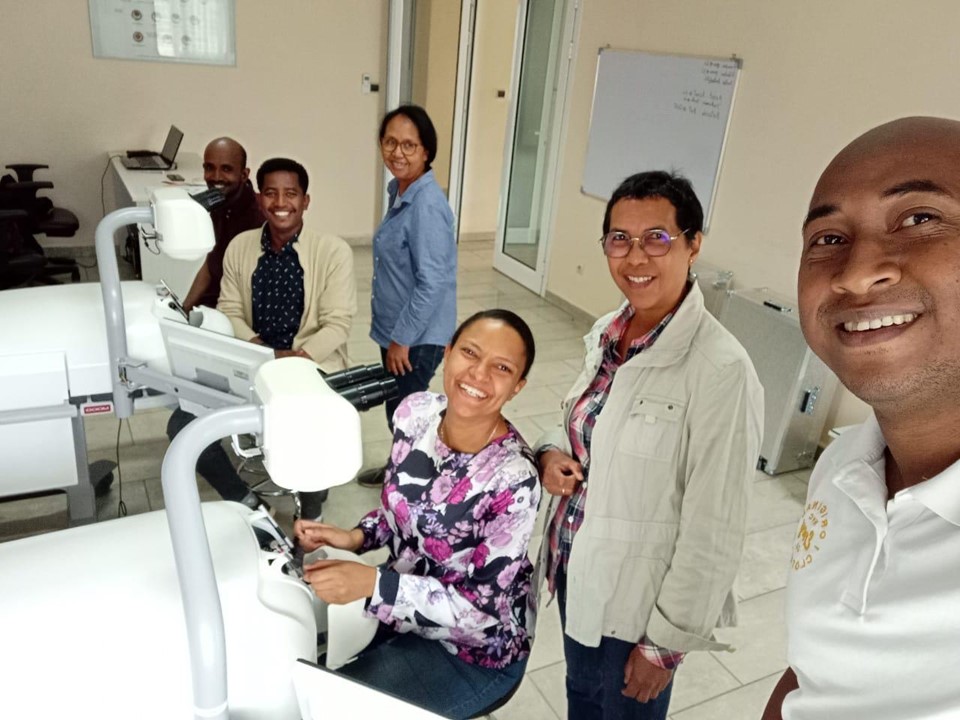

Dr. Bonnie Henderson is the President and Chief Executive Officer of HelpMeSee. Based in the U.S., HelpMeSee’s mission is to restore vision to people living with severe visual impairment and blindness due to cataract worldwide. Bonnie participated in the Driving Nonprofit Performance and Innovation - Virtual (DNPIV) Executive Education program in March. In the post below, she discusses her experience in the program.
The leading cause of blindness worldwide is due to cataracts. Over 17 million people suffer from this treatable disease and 90% of those reside in low and middle-income countries. According to the National Eye Institute, by 2050, this number is expected to increase to 50 million. There are many reasons for this including fear of surgery, cultural acceptance of blindness as a part of aging, and lack of skilled surgeons/resources. We will soon be facing a tsunami of visual disability unless steps are taken to stop this non-infectious pandemic.
While we cannot address all the etiologies, our nonprofit organization, HelpMeSee, is attempting to address the lack of skilled surgeons by using technology (high fidelity virtual reality simulators) to teach local ophthalmologists how to perform surgery. Surgical training is not standardized across the globe and differs between countries. For example, in the United States, ophthalmologists must complete a minimum number of surgical cases during their residency program under close supervision to gain competency. In most low resourced countries (and even in some high resourced countries), there is often no required surgical training during residency. Therefore, the doctors graduate from their residency program without having performed surgery and need to gain the necessary surgical skills on their own.
Because of this inconsistency, the idea of simulation-based training has been adopted by many training programs, but the cost of this technology can be prohibitive. HelpMeSee attempts to level the playing field by donating the simulators and offering structured surgical education in low resourced countries.
One of the most challenging problems facing our organization was how to measure our impact and assess our performance. Although we offered simulation-based training courses at no cost in areas where surgical education was desperately needed, we did not see a significant decrease in the prevalence of cataract blindness. I was thrilled to learn about the HBS/HKS Driving Nonprofit Performance and Innovation program to help answer some of those questions.
From the first session with Professor Dutch Leonard about understanding Question Zero (“What, exactly, are we trying to accomplish?”), it was obvious that the DNPIV program was going to be impactful. I quickly realized that this course was giving me necessary tools to organize our mission and objectives. In our discussion of Theory of Change, Professor Leonard helped us to articulate what I was thinking but couldn’t find the proper words to describe. We discussed the idea that leadership is about driving change and innovation. If you are not changing, then it is just management. Sometimes management is what an organization needs, but often leadership is the architect of conditions and if you implement the conditions for performance, then people are able to perform.
This rang true when I returned back and started to redefine our mission and enact some drastic but necessary changes. By defining what strategy meant and showing us how to think about the elements of a good strategy, Professor Leonard’s advice helped me structure our organization’s path forward.
Another memorable session was Professor Mitchell Weiss’s brilliant lecture about technology in the nonprofit sector. He led a discussion about generative AI that exemplified the benefits of the case-based method. Even though the course was virtual, the discussions were robust, interactive, and seamless. Additionally, his insight from his lecture on Experimentation, Failure and Success about creating the minimum viable product helped shape a new approach for a new surgical module that I am implementing in my organization.
Overall, my initial concern about tackling an executive educational program while working full time was quickly overcome by the insights gained that will have a profound positive impact on my organization. Not only did I learn about performance management but the various contributions from my virtual classmates really augmented the experience. I will take away an appreciation for the similarities between all nonprofits, from the film festival industry to safe drinking water organizations. We share the same challenges but also the same solutions.